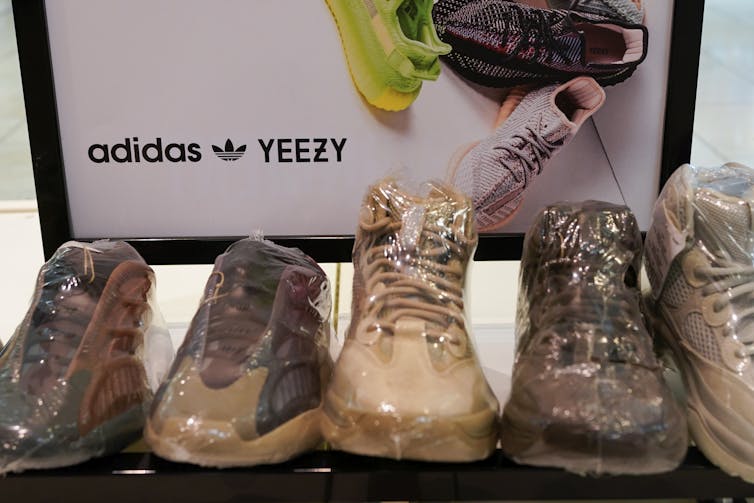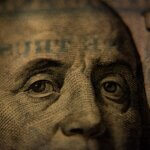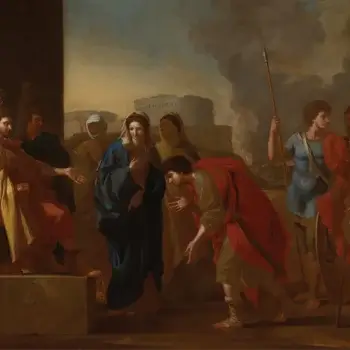Key Takeaways:
Brand collaborations are strategic partnerships between two or more brands. When done well, the collaboration helps both partners grow their brands and amplify a shared message. But just like any marriage, it doesn’t always go well; recent examples include Yeezy’s breakups with Gap and Adidas. Adidas has ended its partnership with Yeezy after the rapper made anti-Semitic comments. The company will take a loss of about US$250 million, as a result. Studies show that partnerships work best when partners share the same values and similar brand images. When two brands have a lot of shared followers on Twitter or Facebook, it suggests there might be a natural alignment between them. Spotify and Starbucks had 299,000 followers in common when they formed their partnership. More shared followers between two brands suggests they also have similar likes.
Brand partnerships between seemingly disparate companies or organizations are all around us.
Clothing retailer H&M partnered with animal rights group PETA in 2021 to launch a vegan fashion collection. FIFA, soccer’s world governing body, and automaker Hyundai agreed in 2022 to run a global campaign that uses soccer to promote sustainability. Meditation app Headspace collaborated with Whole Foods Market in 2021 to create a video series on Instagram’s IGTV video app on mindful shopping, cooking and eating.
The idea of two brands getting hitched for strategic purposes is a quintessential marketing tactic. When done well, the collaboration helps both partners grow their brands and amplify a shared message, such as the idea of animal-friendly clothing in the case of H&M and PETA.
But just like any marriage, it doesn’t always go well.
Recent examples of this are breakups between fashion line Yeezy – owned by rapper and artist Ye, formerly known as Kanye West – and clothing retailers Gap and Adidas. Ye said on Sept. 15, 2022, that he ended his company’s partnershipwith Gap because the company had “abandoned its contractual obligations.” The New York Times reported that the cited reasons were that Gap had failed to sell Yeezy products in its namesake stores and had not opened new stores specifically to sell them.
Adidas broke off its partnership with Yeezy over Ye’s recent antisemitic remarks.
I’m an assistant professor of marketing who studies user behavior on social media in the context of brand partnerships. Research shows forming partnerships can be valuable for some – but they can also be perilous for others. My recent work on partnerships shows a handy method that companies can use for finding potential collaborators, by analyzing who follows them on Twitter and other social media.
Why companies form branding partnerships?
Brand collaborations are strategic partnerships between two or more brands to boost awareness and increase sales by tapping into the partner’s existing customers.
This whole idea of companies pooling their resources to boost their own unique value is the epitome of a win-win situation – at least in most situations.
Research shows that these types of marketing alliances have a variety of potential benefits, such as increasing a company’s value, bottom line gains and access to new products and skills.
For brand marriages to truly work, both partners need to get something out of the relationship.
For example, in 2015, Starbucks began a collaboration with music streaming service Spotify. Starbucks aimed to add more customers to its loyalty program by adding a Spotify tab to its smartphone app. And Spotify users were able to earn “stars” for free coffee products if they paid for a premium membership.
Both Starbucks and Spotify had something to gain from their partnership.

Shared values
But sometimes breakups are bound to happen.
Adidas, for instance, severed its partnership deal with Ye after the controversial artist made a series of offensive and antisemitic comments in early October 2022. On Oct. 25, Adidas said that Ye’s comments were “unacceptable, hateful and dangerous, and they violate the company’s values of diversity and inclusion, mutual respect and fairness.”
The partnership failed – with Adidas even swallowing a loss of about US$250 million – because their values didn’t align.
That reveals another lesson from academic research on the topic: Partnerships work out best when partners share the same values or similar brand image, which refers to the way consumers perceive the company. When partner brands’ images are not aligned, consumers are more likely to question why the two companies are collaborating – and this can generate negative views toward the alliance.
A classic example of how inconsistent values can lead to a parting of the ways was the brand partnership between Dutch oil company Shell and Danish toy company Lego.
Since the 1960s, Lego has sold toys branded with the Shell logo, such as gas stations and race cars. In exchange, Shell helped distribute Lego products around the world and sold them at service stations in more than 25 countries. The partnership was valued at about $78 million in today’s dollars.
But their brand images weren’t well aligned. Lego, with its colorful bricks for kids, has the image of a “friendly toymaker,” while Shell is an oil giant with complicated associations with drilling in the Arctic and oil spills.
That’s why Greenpeace launched a petition in 2014 calling on Lego to end its partnership with Shell, which the environmental group said was operating recklessly by exploring for oil in the Arctic. Greenpeace said it had collected a million signatures when Lego announced in October that year that it would not renew the contract it had with Shell. The partnership formally ended in 2016, when the contract expired.

Social media followings can offer partnership clues
My own research focuses more on social media and the role it can play in helping companies determine who might make a good partner.
Several colleagues and I found that when two brands have a lot of shared followers on Twitter or Facebook – especially when they don’t also share them with many other companies – it suggests there might be a natural alignment between them, thus making them good candidates for a partnership. And a separate study found that a company’s base of Twitter followers represents the tastes and likes of its audience; thus, more shared followers between two brands suggests they also have similar likes.
It’s one way companies looking for a partner can avoid going to bed with another business that doesn’t share its values or brand image.
For example, as you might expect, Shell and Lego don’t have a lot of followers in common. Spotify and Starbucks, however, do, which is why their partnership is going strong and benefiting both companies. They had 299,000 followers in common when we did our analysis in 2020. The partnership is also an example of how having common followers could suggest the companies’ customers have complementary consumption patterns, since most people follow a brand because they like its products.
Similarly, a significant share of Starbucks followers also follow beer maker Guinness – about 16% as of 2020 – so it wasn’t a surprise to my colleagues and me that they collaborated in 2016 on a product together: nitro brew coffee. Another example of a partnership made in social media heaven is the deal between car manufacturer BMW and fashion company Louis Vuitton, who shared over 225,000 followers on Twitter in 2020. In 2014, they created a line of luxury luggage for business travelers.
We don’t know if companies like Starbucks or BMW used social media to determine those tie-ups, but in a recent paper, we suggest it’s a smart way to find a partner that shares values.
Just like with a marriage, the consequences of forming a bad match can be costly, as Adidas is learning.




























